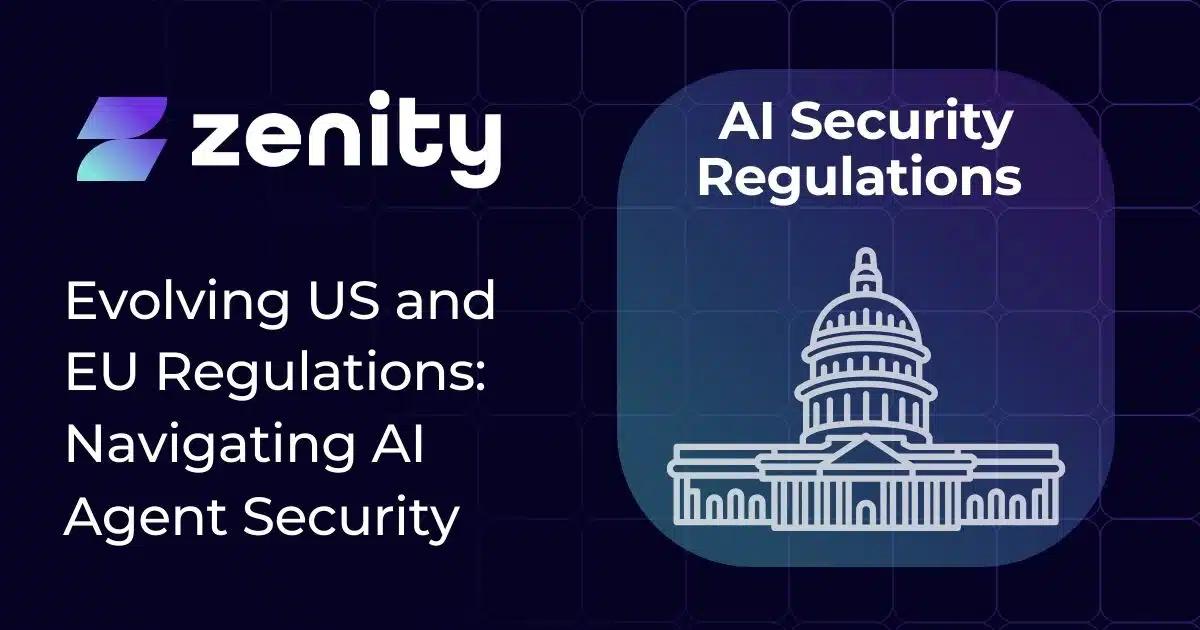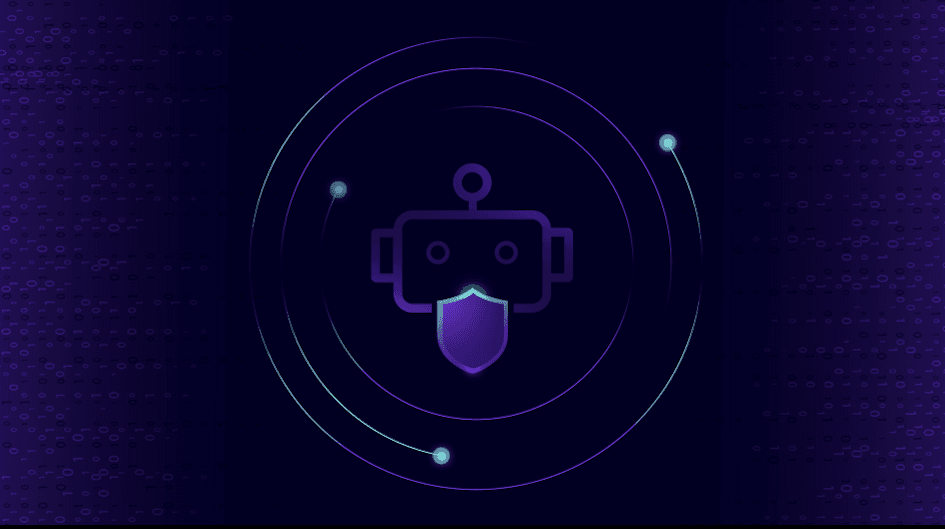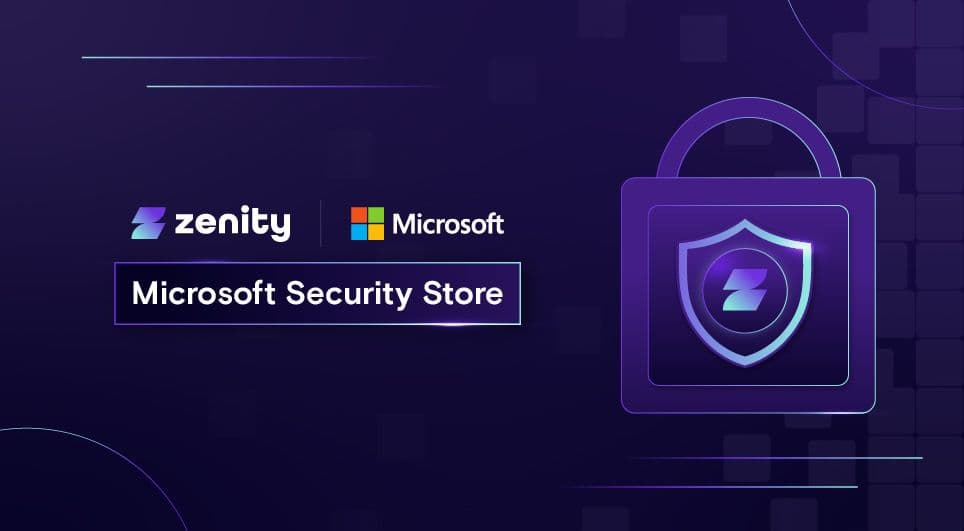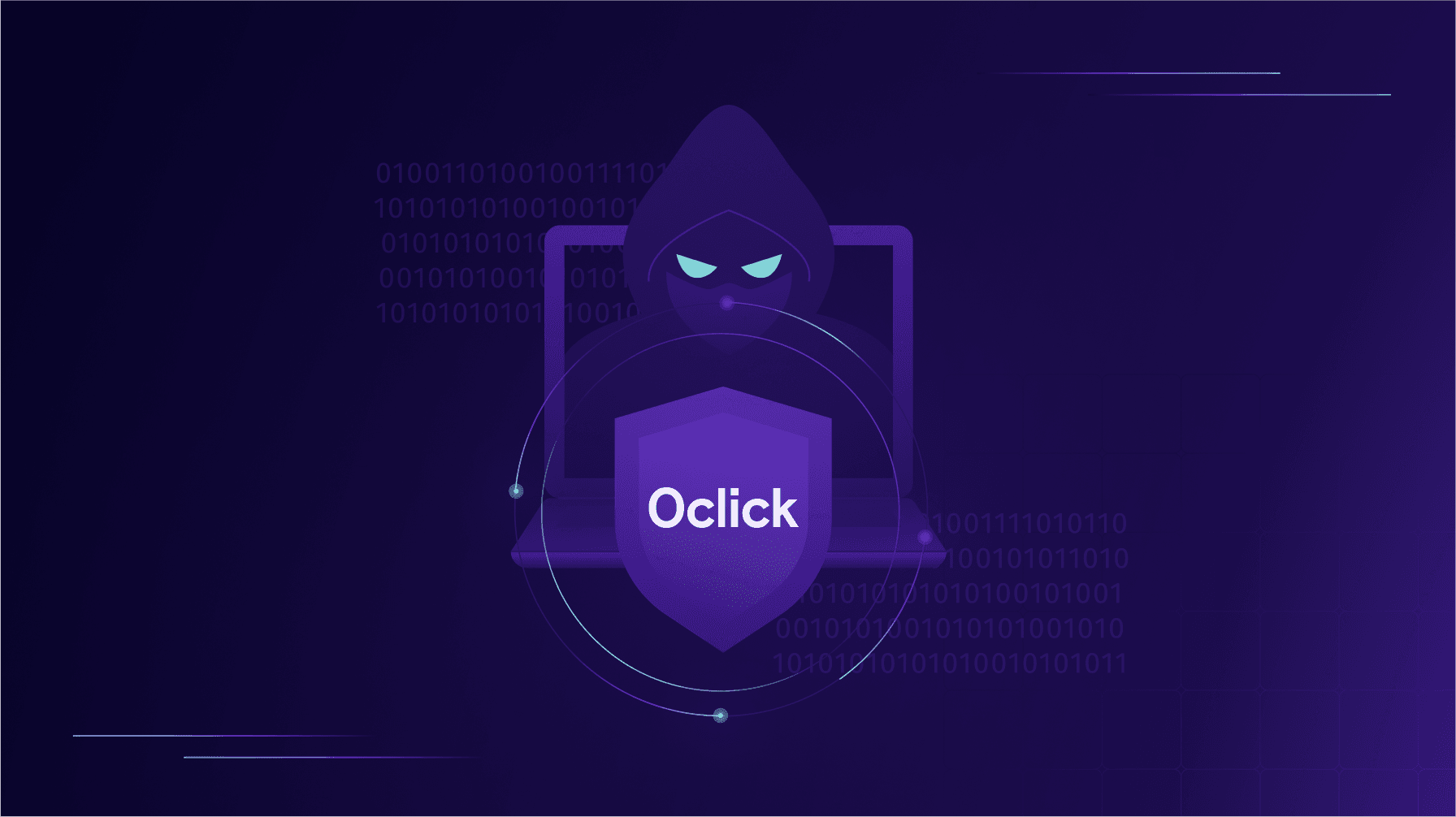Navigating AI Agent Security Amid Evolving Regulations

The landscape of AI security and governance is undergoing significant changes, particularly in the realm of AI Agent Security—autonomous systems that are capable of making real-time decisions and executing tasks independently
Recently, a key executive order on AI safety was rescinded, which previously required developers to share safety test results with federal agencies and mandated comprehensive assessments of AI-related risks.
This policy shift transfers the responsibility for AI safety from federal oversight to individual organizations.
Evolving US and EU Regulations: Navigating AI Agent Security & Compliance
According to a recent security report, organizations now use an average of seven different AI and low-code platforms, resulting in the deployment of approximately 80,000 AI agent solutions per enterprise compared to only 500 SaaS applications in similar organizations.
Simultaneously and conversely, the European Union is advancing the EU AI Act, which aims to regulate AI technologies comprehensively. This act categorizes AI applications into risk levels, imposing stringent requirements on high-risk systems. Organizations operating within or collaborating with EU entities must stay informed about these developments to ensure compliance.
Organizations are now tasked with securing all their enterprise AI agents in an ever evolving threat landscape and ensuring compliance amidst rapidly changing regulations. With legislation shifting rapidly across regions, determining where to begin can be challenging.
We provide clarity and actionable insights to help navigate these complexities in securing AI Agent.
Implications for Organizations: Cybersecurity Risks in AI Development
With the absence of federal mandates in the U.S. and the introduction of rigorous regulations in the EU, organizations must proactively address AI Agent security and compliance on their own. Relying solely on external guidelines is no longer sufficient. One of the key risks outlined in Zenity’s report is that business users, often with little coding experience, can create AI Agents and applications without adequate security guardrails. This opens the door to misconfigurations that can lead to the compromise of sensitive data or enterprise systems. For instance, Zenity Labs uncovered how security mechanisms in tools like Copilot 365 can be bypassed to create malicious hyperlinks, showing how even minor gaps in AI agent security can lead to exploitable vulnerabilities. Rather than blocking these tools, enterprises should implement robust internal processes to identify and mitigate risks specific to AI Agents effectively.
Proactive Measures for AI Agent Security: Enhancing Compliance and Meeting Regulations
- Comprehensive Risk Assessment: Regularly evaluate AI agents as they are introduced to the enterprise, to identify potential vulnerabilities. Understanding the specific risks associated with your AI agents is crucial for implementing effective safeguards. Zenity Labs has recently identified real-world attack paths on AI systems, centered around prompt injection, reconnaissance, targeted RAG poisoning, and more. They also have identified risks directly linked to the citizen development motion with the OWASP Top 10 for low-code/no-code platforms. Common misconfigurations when building AI Agents include authorization misuse, authentication failures, and improper data handling. Addressing these risks early is critical to preventing larger security incidents and remaining compliant.
- Continuous Monitoring: Implement mechanisms to detect and respond to anomalies in AI agent behavior promptly. This ensures that any deviations are addressed before they escalate into significant issues. Recent discoveries, such as Zenity Labs’ research into Remote Copilot Execution (RCE) in AI agents like Microsoft 365 Copilot, highlight the importance of robust monitoring to identify and mitigate potential exploitation vectors. This further underscores the critical need for comprehensive and easy to use audit trails to remain compliant with current and future legislation.
- Employee Training: Educate your workforce about AI agent security best practices. An informed team is better equipped to recognize and mitigate potential threats arising from AI integration. By involving all teams, not just developers and IT, everyone can see and harness the power of AI, but can do so in a way that aligns with corporate policy and when relevant, regulatory matters.
Leveraging Zenity’s Security Assessment Hub for Effective AI Governance
Due in large part to the ever-changing security and compliance landscape that comes with the territory of a rapidly evolving technology like AI, Zenity created the Security Assessment Hub.
The Security Assessment Hub is home to 10 free, open-source tools to help security, trust and safety, AI, and Data Science teams identify and understand immediate risks:
- Identify Security Risks: Surface critical risks and threats within AI Agents and low-code/no-code platforms, providing valuable insights into potential vulnerabilities. For example, Copilot Hunter, which was launched at BlackHat 2024, illuminates any agents or bots that are publicly accessible to the internet which can dramatically increase an organization’s attack radius.
- Support Governance Efforts: The insights provided by the tools in the Hub can inform policies and practices to strengthen oversight and decision-making specific to AI agents.
- Assist Compliance Initiatives: Highlight risks that could lead to non-compliance, offering a foundational step toward addressing regulatory requirements for AI Agents.
Secure Your AI Systems to Prepare for Evolving Regulations
As the regulatory landscape surrounding AI continues to shift, organizations must prioritize AI Agent security to protect sensitive data and maintain compliance.
By proactively implementing robust security measures—including comprehensive risk assessments, continuous monitoring, and employee training—businesses not only safeguard their operations but also empower their teams to harness AI technology responsibly.
Utilizing tools such as Zenity’s Free Security Assessment Hub provides essential insights into vulnerabilities, allowing your organization to stay ahead of potential risks.
Embracing these proactive strategies not only enhances compliance with evolving regulations but also fosters a secure environment for innovation and growth in AI technologies.
All ArticlesRelated blog posts

Demystifying AI Agent Security
Let me be the first to say it, this space - AI agent security and governance - can be confusing. When I joined...

Zenity Joins the Microsoft Security Store: Securing AI Agents Everywhere, Together
We’re thrilled to share that Zenity is included in the unveiling of the Microsoft Security Store Partner Ecosystem....

0Click Attacks: When TTPs Resurface Across Platforms
If there’s one lesson security teams should take from recent disclosures, it’s this: AI agent attack techniques...
Secure Your Agents
We’d love to chat with you about how your team can secure and govern AI Agents everywhere.
Get a Demo